Beyond the A and the M: College of Liberal Arts
A CSU @ 150 Story by Rachel Gaisford published Feb. 17, 2019Colorado State University’s College of Liberal Arts has existed under its current name and structure since 1992, but the liberal arts have been essential to the University since its first class in 1880. Leaders throughout CSU’s history have understood the importance of the liberal arts in preparing graduates to be engaged citizens and effective leaders in a rapidly evolving world.
Elijah E. Edwards, the first president of Colorado Agricultural College, said, “A one-sided education produces an un-symmetrical man. By a liberal education, increased power and versatility is gained.” And thus, our agricultural and mechanical college integrated the liberal arts into its curriculum.
Liberal arts and the land-grant mission
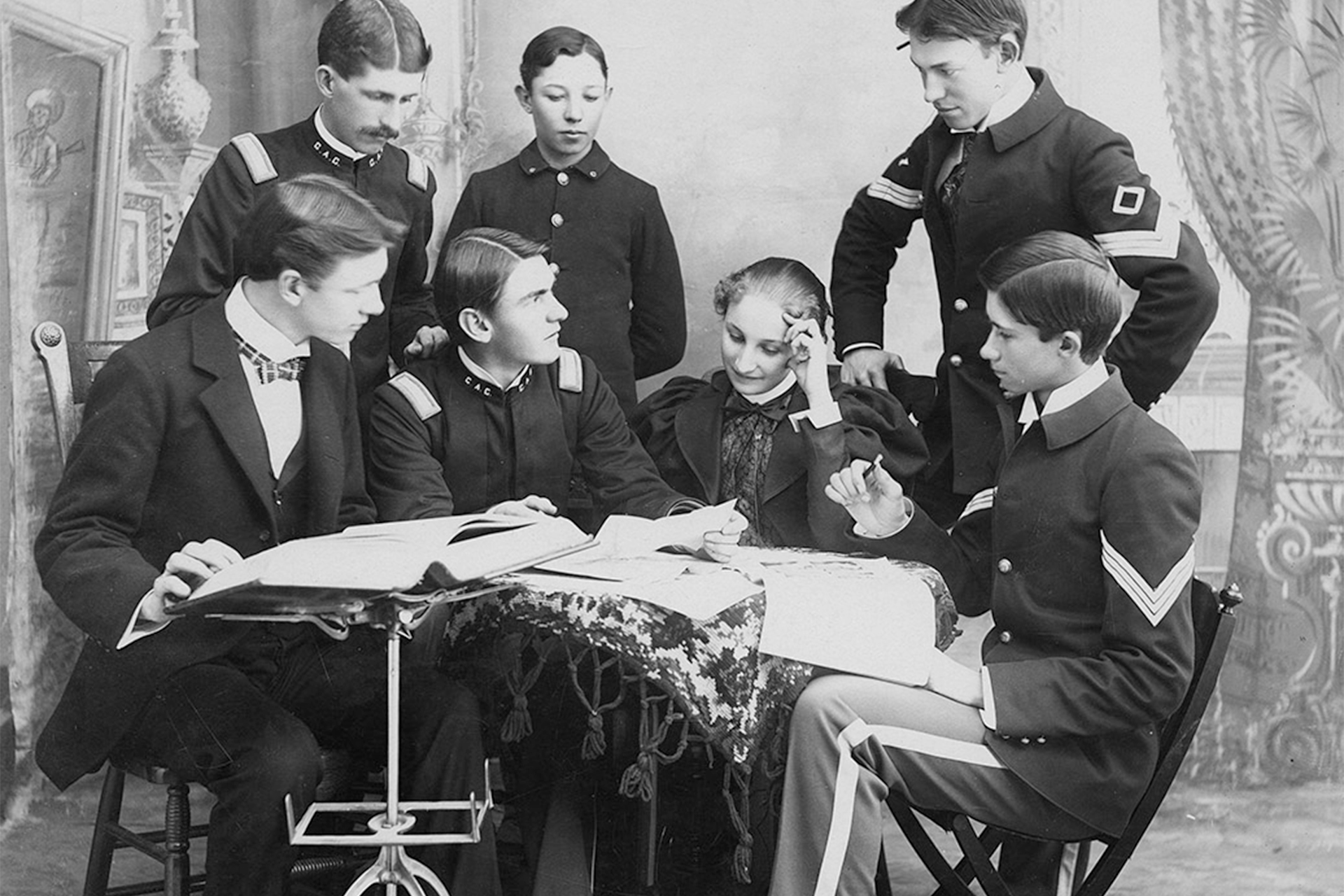


Student activities included The Rocky Mountain Collegian, dance and orchestra.
Early college and state leaders debated the meaning of a “liberal and practical education” as articulated in the Morrill Act of 1862 that established land-grant colleges, and how best to serve the citizens and the state of Colorado. Ultimately a curriculum was developed, and in 1879, President Edwards and two faculty members welcomed a class of five students. During their first year, these pioneering students took courses in English Composition and Analysis, U.S. History, and Rhetoric, along with more technical coursework in Horticulture, Farm Economy, and Practical Agriculture.
President Edwards’ successor, Charles Ingersoll, who served as CAC president from 1882 to 1891, shared his belief in a “broad gauge” education. Because women comprised nearly half the student body, Ingersoll hired the college’s first female faculty member, Elizabeth G. Bell, in 1885 to teach English, history, and modern languages.
Also during the Ingersoll era, students’ exploration of the liberal arts extended beyond the classroom. The Philalethian and Aesthesian literary societies were the first student organizations on campus, and in 1883, a Department of Music was created to offer lessons in vocal and instrumental music. In 1891, the Rocky Mountain Collegian published its first issue, making it one of the oldest student newspapers in the West.
Changes and challenges
The turn of the 20th century brought with it challenges and changes for the country. Resource shortages brought on by World War I and the Dust Bowl underscored the need for advances in agricultural production. The rise of manufacturing foreshadowed a shift from what had been a primarily agricultural economy, and women’s issues were in the spotlight as the country followed Colorado’s lead on women’s suffrage. Colorado became the first state to grant women the right to vote by popular referendum in 1893, 27 years before the U.S. ratified the 19th Amendment enacting suffrage nationwide.
CSU @ 150 stories
Read more stories about the College of Liberal Arts.
The Liberal Arts in the 21st century
Joe Blake makes $5 million gift to CSU’s College of Liberal Arts
Colorado Agricultural College kept pace with the changes and continued to prepare its students with an education that was both liberal and practical. By 1930, 1,072 students were enrolled. Growth and shifting priorities prompted the creation of the Division of Arts & Sciences in 1934, followed by a new name – the Colorado State College of Agricultural & Mechanic Arts – in 1935.
Charles Lory served as president from 1909 to 1940 and is widely credited with developing Colorado A&M into a respectable land-grant institution with a balanced curriculum. Lory also embraced a broad-gauge educational philosophy, but with a technical focus. Under Lory’s leadership, B.F. Coen, who served as head of both the English and history departments, introduced courses in debating and public speaking, short story writing, journalistic writing, and sociology. Professors Ruth Jocelyn Wattles and Alfred Westfall engaged students with a thriving drama club, a winning intercollegiate debating team, and the Scribblers Club – a group of students and faculty who gathered to write poetry, plays, and humorous articles. Elizabeth Forbes, the head of the Physical Education Department for Women, brought dance to the College with classes, clubs and performances in the Ammons Hall.
Higher education for American democracy
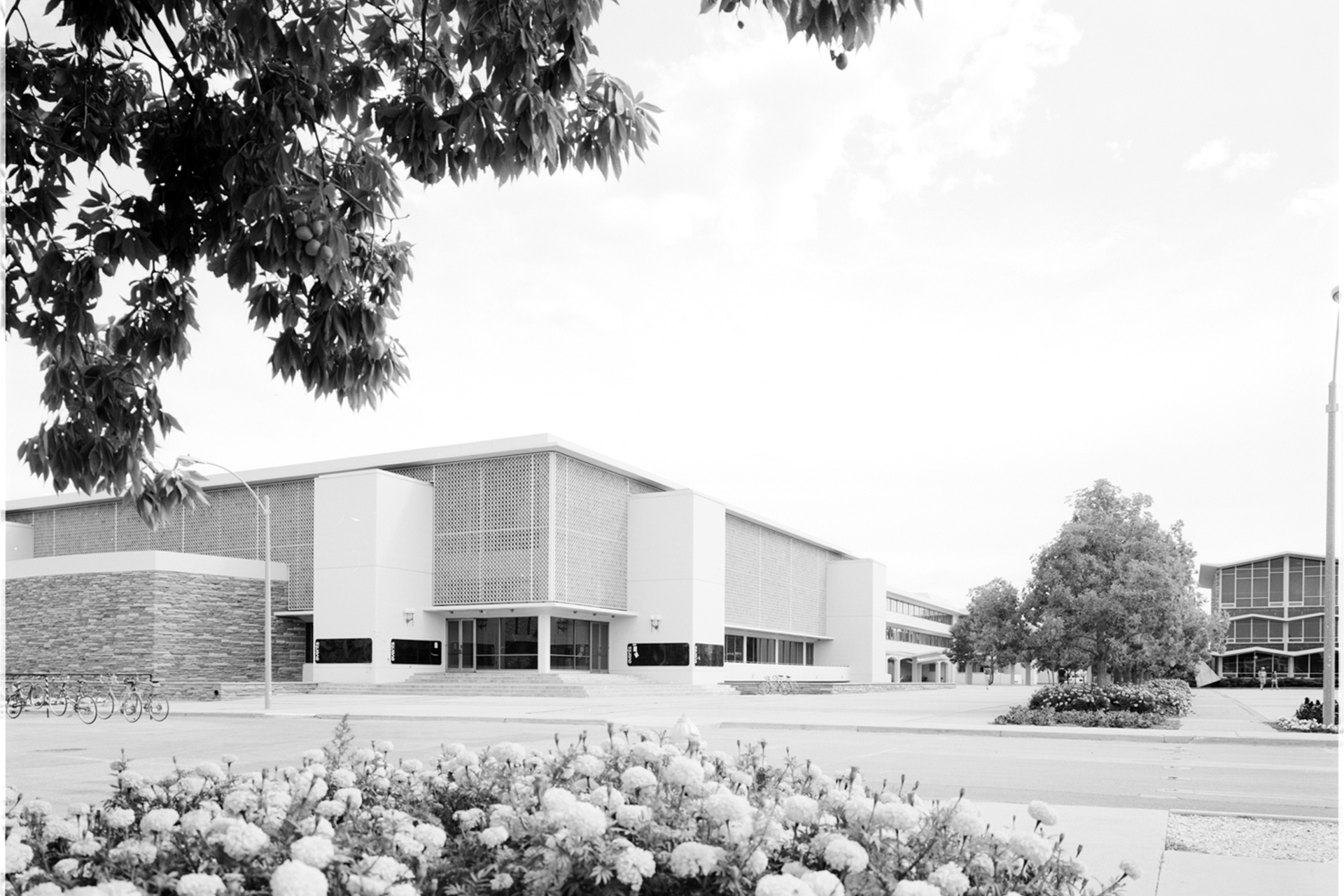
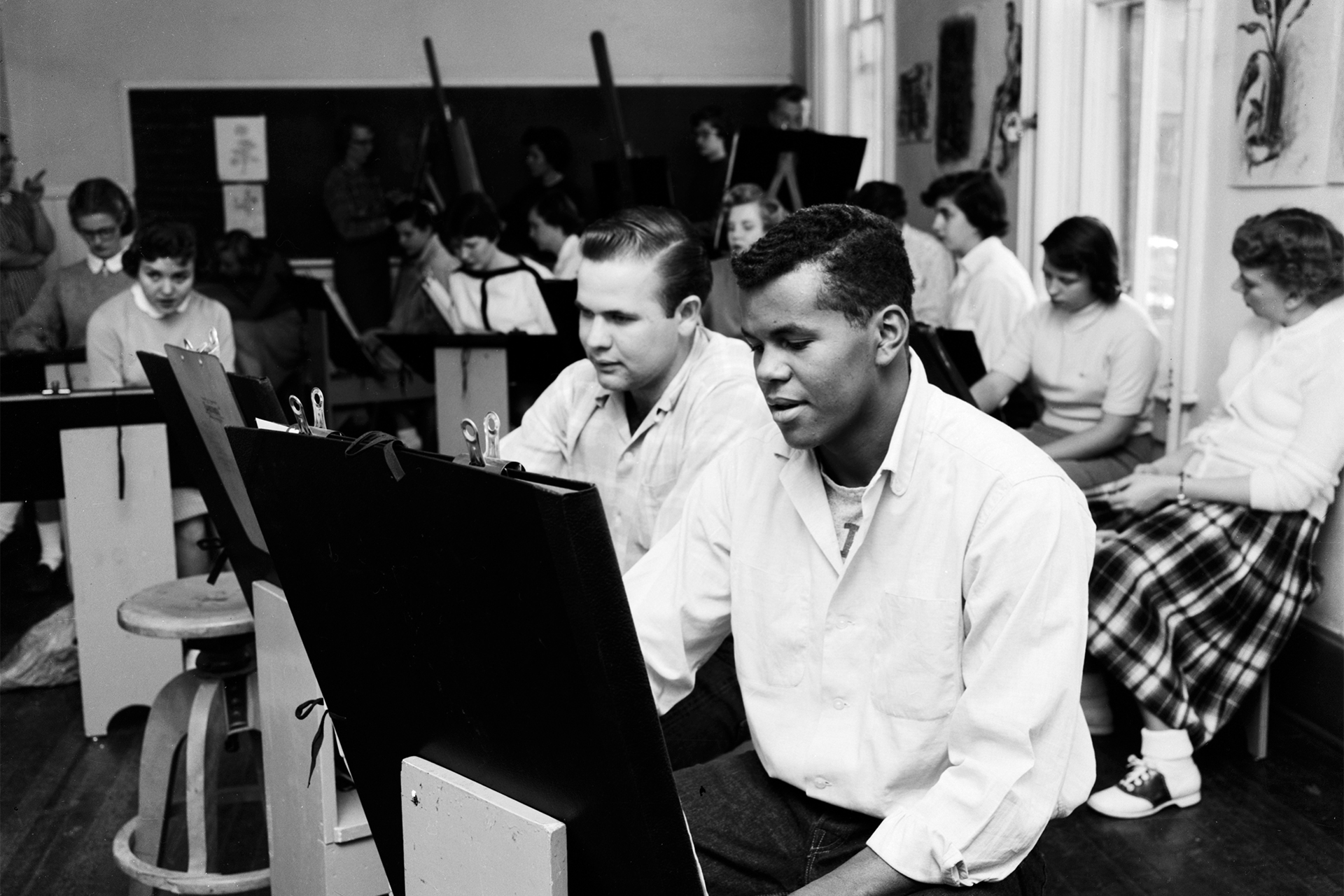
The Clark Building and an art class at CSU.
The “golden age of higher education” was a time of rapid growth for Colorado A&M. After a slight dip in enrollment during World War II, the number of students grew to more than 4,000 as returning veterans took advantage of the G.I. Bill. This era brought with it an emphasis on the liberal arts nationwide, as President Truman’s Commission on Higher Education emphasized the importance of a well-rounded education to create an informed and engaged citizenry.
As the U.S. population became increasingly mobile and alumni relocated across the country and around the world, graduates found that the Colorado A&M name did not reflect the comprehensive education they had received. In 1957, under the leadership of President William E. Morgan, Colorado’s land-grant institution became Colorado State University. The new name reflected the desire to become a world-class research university with a strong liberal arts foundation. During this era, the Division of Science & Arts became the School of Science & Arts before finally becoming the College of Science & Arts in 1959.
As the Baby Boomer generation headed to college, the University’s student population jumped to more than 15,000, creating an immediate demand for campus infrastructure. CSU constructed the Liberal Arts Building and Social Sciences Building (later renamed Eddy Hall and the Clark Building) to provide instructional and administrative space for the departments of English, philosophy, languages, speech, anthropology, economics, history, political science, and sociology.
Demand for cultural relevance
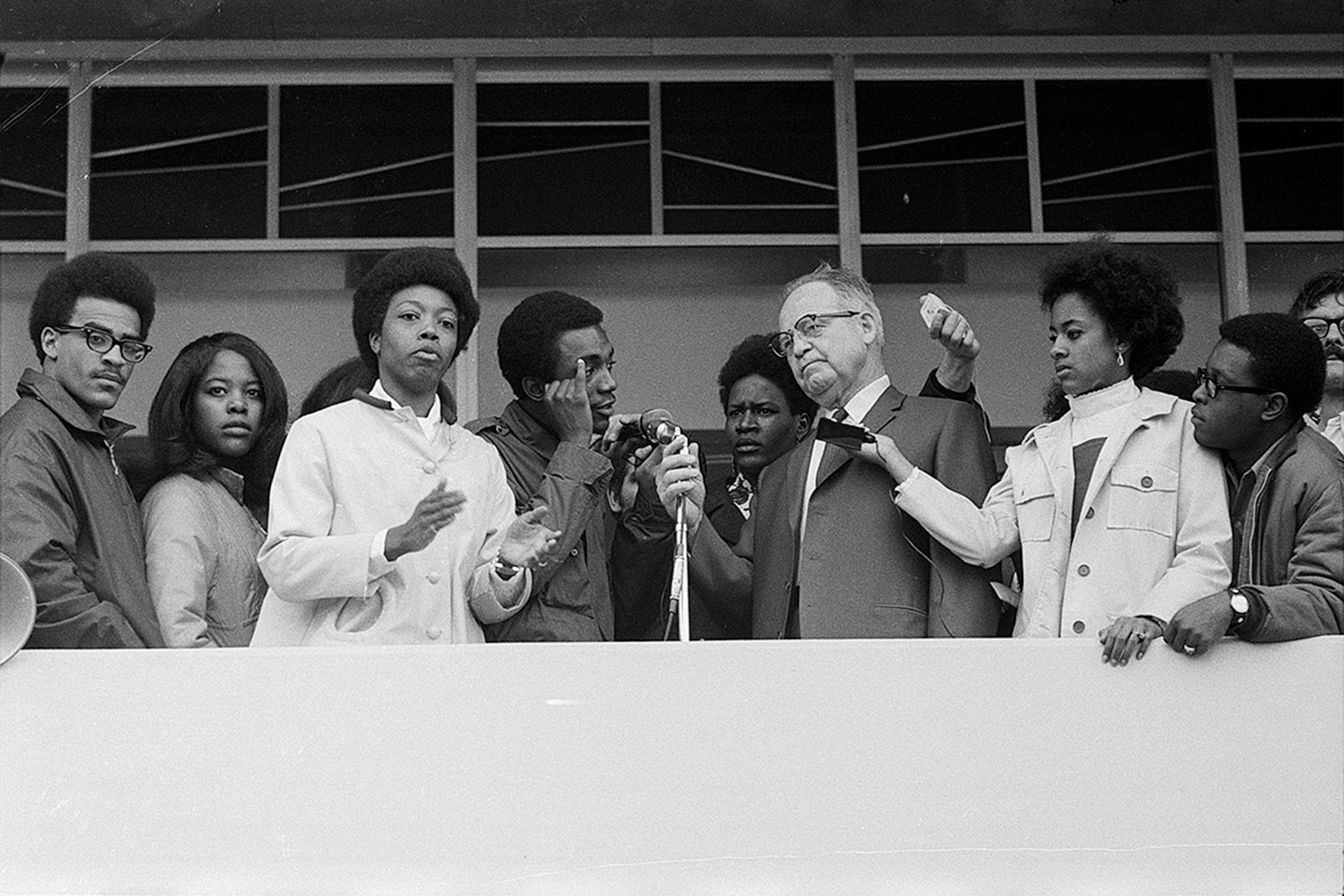
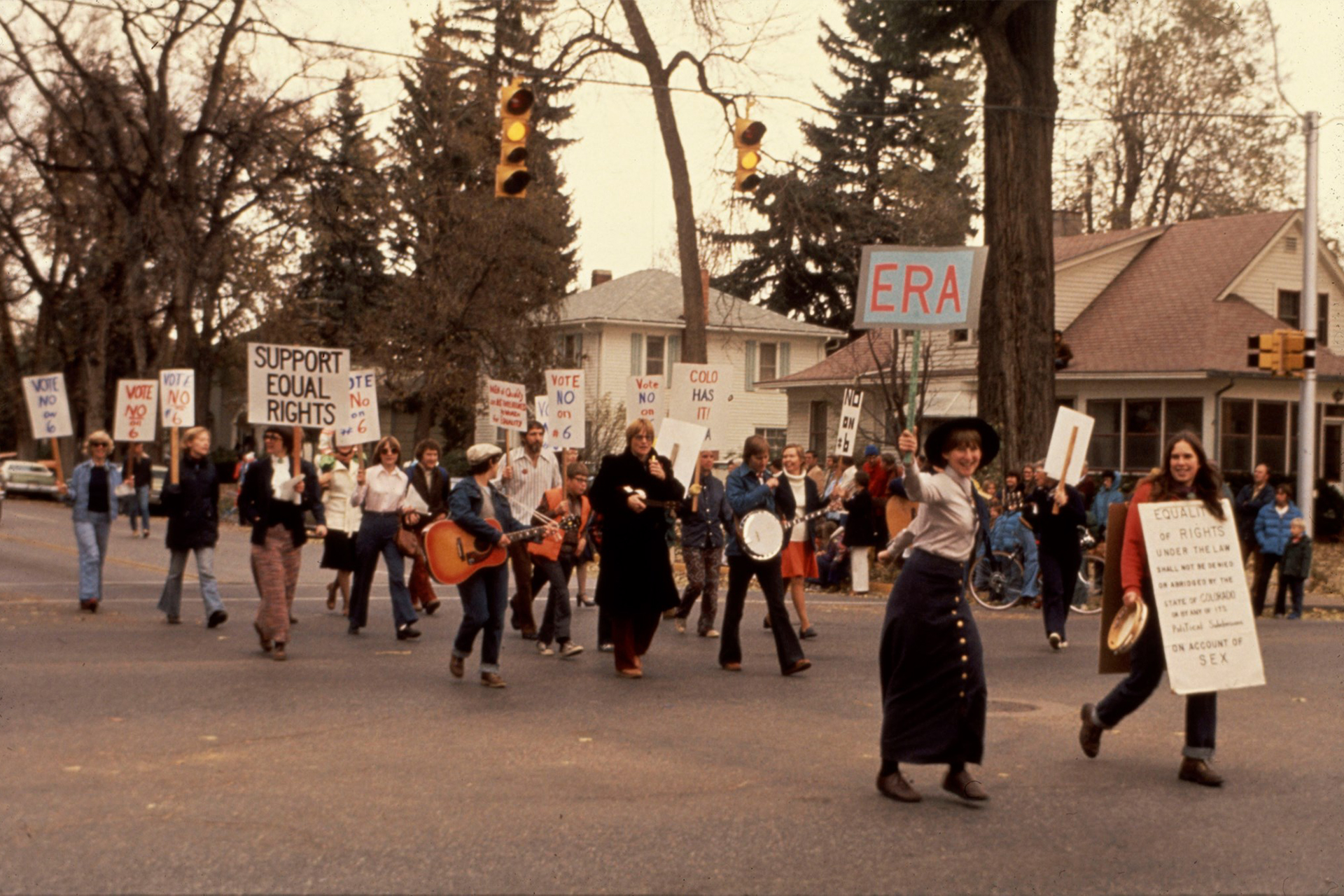
The 1960s saw a call for equality and social justice.
As the country once again experienced sweeping social change amidst the cultural turbulence and activism of the late 1960s, questions emerged about whether institutions of higher education were being responsive to society’s needs. Students and faculty alike began to call for a university that represented the struggles for equality and social justice taking place across the nation.
In 1968, the School of Humanities & Social Sciences split from the College of Science & Arts to meet the demand for broader curriculum. The school continued to grow in both enrollment and scope, adding eight undergraduate and graduate degrees between 1969 and 1979. As the University continued to expand its liberal arts offerings, the school was elevated to the College of Arts, Humanities, & Social Sciences in 1977.
This era saw the creation of an interdisciplinary women’s studies concentration, an ethnic studies program, and a robust fine arts program. Originally housed in Home Economics, the Department of Art became an officially recognized department in the College of Science & Arts in 1962 under the direction of Clara Hatton.
Following Hatton’s retirement in 1966 after 30 years on the faculty, Perry Ragouzis joined CSU as the head of the art department in 1966. Ragouzis endeavored to expand the curriculum to include fine arts degrees and meet the rigorous standards of the National Association of Schools of Art, which required new facilities. In 1973, construction began on the new Visual Arts Building. Both Hatton and Ragouzis were honored for their contributions to the department with spaces in the new building – the Clara Hatton Gallery and the Perry N. Ragouzis Sculpture Garden.
Renewed emphasis on outcomes

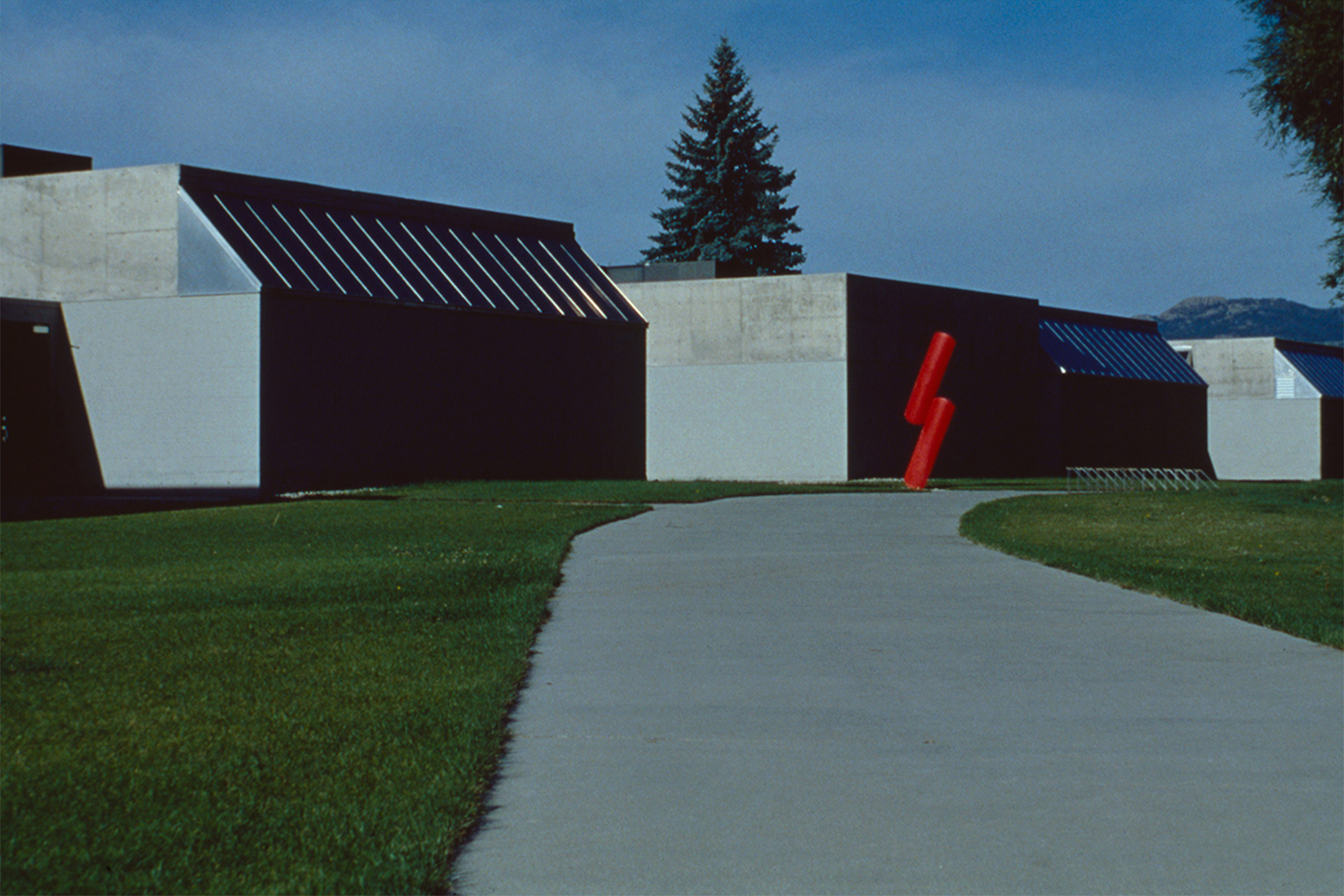
CSU’s journalism program and the Visual Arts Building.
After the rapid enrollment growth of the “baby boom,” colleges across the country experienced a “baby bust” during the 1970s and 1980s. Enrollment growth stagnated, and higher education was forced to once again reimagine its purpose. Would graduates be prepared for the world they would graduate into?
This question led many universities, including CSU, to reevaluate undergraduate curriculum. Beyond career training in STEM fields, students needed essential skills to keep pace with rapidly evolving technology and globalization. Under the leadership of then-President Albert C. Yates, then-Provost Loren Crabtree implemented a new All University Core Curriculum. The curriculum engaged students in their academics through a first-year seminar and offered more diverse courses in historical perspectives, global and cultural awareness, and the arts and humanities.
During this era, Liberal Arts faculty were nationally and internationally recognized for their research, creative artistry, and community engagement. Philosophy professor Holmes Rolston III was awarded the Templeton Prize in 2003 for his advances in environmental ethics and the intersections of science and religion. English professor Mary Crow served as Colorado’s poet laureate for 14 years beginning in 1996. Philosophy professor and bioethicist Bernard E. Rollin was honored as a University Distinguished Professor in 2001 for his work as a leading scholar in animal ethics and animal consciousness.
The College of Arts, Humanities, & Social Sciences officially became the College of Liberal Arts in 1992. Crabtree, who was serving as dean at the time, said, “We wanted to give ourselves a real identity, to say that we were an integral part of this institution. Not just integral, but foundational.”
The College of Liberal Art’s foundational identity manifested on campus. The University Center for the Arts – the historic Fort Collins High School renovated to house instructional space, museums, and stunning performance venues – opened its doors in 2009. Eddy Hall, dated and damaged from the 1997 flood, underwent a substantial renovation in 2014 to provide better accessibility, additional square footage, and student collaboration spaces.
CLA today
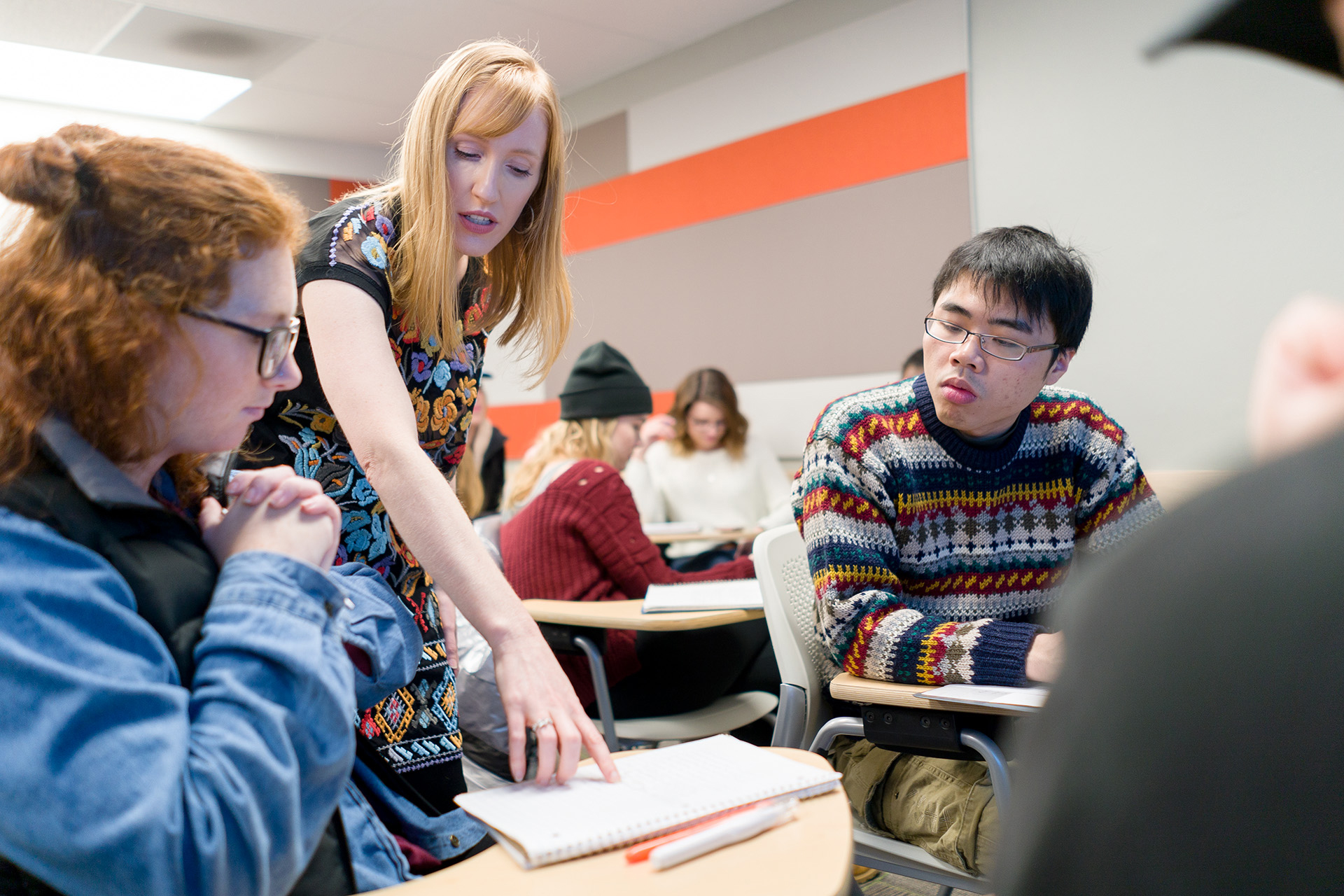
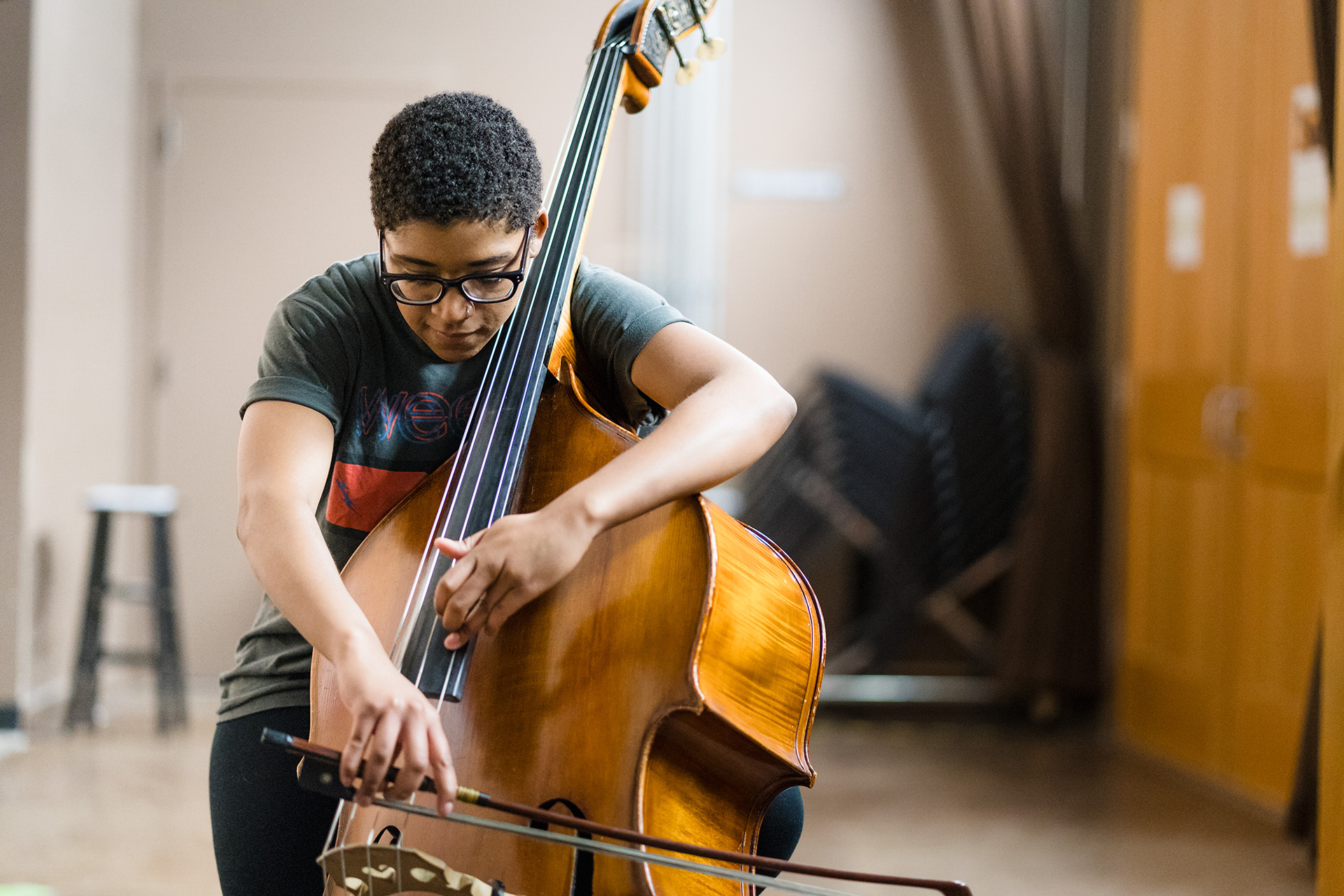

The College of Liberal Arts today is one of the largest colleges at CSU, with award-winning faculty and programs that prepare students for the 21 century.
As one of the largest colleges on campus, the College of Liberal Arts enrolls more than 6,500 undergraduate and 500 graduate students. Within its 18 departments and programs, it houses 19 majors, 37 minors, 58 concentrations, and 23 graduate programs. The College attracts a diverse population with 31 percent of students identifying as ethnically diverse and 60 percent of students identifying as female. The impacts of the College of Liberal Arts can be felt worldwide with more than 50,000 alumni as of 2019.
Excellence in teaching, engaged scholarship, research and creative artistry define the College. Among its faculty are Fulbright Scholars, University Distinguished Faculty, Guggenheim Fellows, a Franz Boas Award winner, and a PRIM&R Lifetime Achievement Award recipient. Organizations ranging from NASA to the National Endowment for the Arts fund research and creative artistry within the College. Programs like Social Justice Thru the Arts and the interdisciplinary B Sharp fulfill CSU’s land-grant mission of access and outreach.
Perhaps most importantly, the College of Liberal Arts prepares students for success in the 21st century. According to a 2018 study conducted by the American Association of Colleges & Universities, “employers overwhelmingly endorse broad learning and cross-cutting skills as the best preparation for long-term career success.” Developing these competencies is at the heart of a liberal arts education, making College of Liberal Arts graduates not only appealing to employers, but better citizens of the world.
Whatever the societal challenges of the day, the liberal arts are needed to elevate the conversation, connect people and points of data, and express the zeitgeist in innovative and creative ways. The community of scholars within CSU’s College of Liberal Arts will continue to engage in the research, learning, collaboration, and creation essential to advancing the human experience.
Learn more
Find out more about the people, places, and events that shaped the College of Liberal Arts at the CLA’s CSU 150 webpage.